 Note: Tenses were a real problem for me here. Did I write about a tribe who was still extant as in the present tense, or past? Given that this is meant to be an exploration of the peoples who came before the whites, and we're talking about the past, I've gone with the latter. If such things as rituals and things are still practiced, it's mostly still shown as being in the past, as I'm trying to concentrate on that timeline. Sometimes I may forget and wander into writing in the present tense; if so, bear with me. I catch these instances where I can, but one or two are bound to slip through.
Note: Tenses were a real problem for me here. Did I write about a tribe who was still extant as in the present tense, or past? Given that this is meant to be an exploration of the peoples who came before the whites, and we're talking about the past, I've gone with the latter. If such things as rituals and things are still practiced, it's mostly still shown as being in the past, as I'm trying to concentrate on that timeline. Sometimes I may forget and wander into writing in the present tense; if so, bear with me. I catch these instances where I can, but one or two are bound to slip through.
Tribe: Abenaki (Tarrentine) including the Eastern, Western Abenaki and the Kennebec
Territory: New Brunswick, Maine, New Hampshire, Vermont, Massachusetts
Current Status: Still around
Population (approx): 9,775 (less than a third in the USA, all the rest in Canada)
The Abenaki seem to have been the enemies of the Iroqouis, who warred against them and invaded their lands. Despite this, they were described by priests as
"temperate in the use of liquor, ingenious, docile and not profane." They were also said to be
“not cannibals”. Well, that’s a relief, isn’t it? They cultivated crops (not something your average cannibal might do I would think), hunted game and fished, and also ate plants. These are the first tribe we come across who were patrilineal, as I imagine most Native American tribes were, but we will see. They lived in small villages of about 100 people, more easily defended than large settlements, but also more easily overrun by superior numbers.
Here, too, we find the first of these people who lived in actual wigwams, so it wasn’t just an invention of Hollywood. We all know what wigwams are, right? Conical tents that… oh wait. S
hit. No. Wigwams are, apparently, permanent dome-shaped structures, whereas the ones we see on the movies (but which are often referred to - inaccurately and incorrectly, it would seem - as wigwams) are in fact teepees. An Abenaki with a piece of leather attached to his scalp, his head otherwise shaved except for the ponytail denoted a married man, while single men kept their hair loose, but tied it into the ponytail when they acquired a mate but were not yet married. Before he could get married he had to secure the agreement of everyone in the tribe, though how they resolved getting that last holdout to agree I don’t know: ritual combat? Running a race? Kicking the crap out of each other? Most likely the last I’d imagine.
The men were the hunters (no surprise there) and the women the farmers, planting the crops. A pretty democratic society, these people. All decisions had to be made by consensus of the whole tribe, each clan of which elected a spokesperson, and a facilitator would weigh the arguments and if there was not consensus, send them back again to be reviewed. In any decision to be made, the Three Truths had to be taken into consideration:
One - Peace: is this preserved?
Two - Righteousness: Is this moral?
Three - Power: Does it preserve the integrity of the group?
The Abenaki had a high moral code and taught their children through stories, never punishing them but using mythology and fables to show them the error of their ways. As you might possibly expect, their main god is a Great Spirit who created the world, mostly while dreaming, and, rather interestingly, first created a giant turtle who carries the world on its back. Sound familiar? They believe there were three ages, the Ancient Age, during which men and animals were equal, the Golden Age, when men began to separate themselves from animals and the Present Age. Most of their gods and heroes, in common with much Native American mythology, are both animal spirits and tricksters.
 Tribe:
Tribe: Mohicans (Housatonic)
Territory: Massachusetts, New York
Current Status: Still around (so much for
The Last of the Mohicans, huh?)
Population (approx): 3,000
Their chief was advised by a council of elders and the Mohicans were another matrilineal society, they hunted and fished and in times of war were familiar with stockades to protect their villages. Their main enemy appears to have been the Mohawk tribe, with whom they were constantly at war.
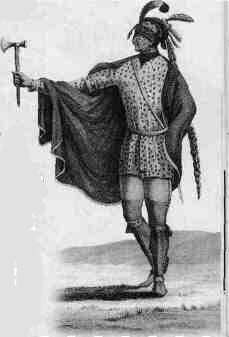 Tribe(s):
Tribe(s): Illinois Confederacy
Territory: Illinois, Iowa, Missouri, Arkansas, Oklahoma, Wisconsin, Michigan
Current Status: Still around
Population (approx): 2,925
This was a confederacy of about twelve tribes, made up of the Kaskaskia, Cahokia, Peoria, Tamaroa, Moingwena, Michigamea, Chepoussa, Chi
nkoa, Coiracoentanon, Esperminkia, Maroa and Tapouara tribes. Only five of these tribes still remain today, all amalgamated under the Peoria name. They had a lot of enemies, including the famous Lakota-Sioux, Pawnee, Osage, Arikara, Shawnee, Quapaw and Chickasaw. The Illinois tribes were polygamous and so men could have several wives, but the first wife maintained a lot of power in the family. Women also held positions of trust and honour, such as shamans or priests. Although they were sometimes allowed to hunt, women were forbidden from carrying weapons. Guess they had to nag the animals to death, then!

Women were accorded great respect if they had many children and were faithful to their husband, and if they were not, the consequences could be dire, such as having parts of their face cut off. Doesn’t say what happened to unfaithful men, if anything. High-fives from other men, probably. A man’s reputation rested on his hunting ability, and the more respected he was the more wives he could have. Outside of this though they seem to have had a somewhat relaxed and enlightened attitude to gender stereotypes, as some of their men dressed as women, and if a boy displayed feminine tendencies when growing up he was treated, dressed and tattooed as a girl.
These are the first tribes we hear of who hunted the bison or buffalo, which was the main quarry of the Plains Natives, and which would forever be tied and linked to them by Hollywood, though interestingly, at least until the arrival of white settlers, the Illinois tribes would hunt the bison on foot, using bow and arrow to bring them down. Also interestingly, the main aim of the Illinois in battle was to take prisoners, not kill the enemy. They gained many slaves this way. When they won, that was, of course. When their own fell in battle, the war chief was required to compensate their families and lead reprisal attacks.
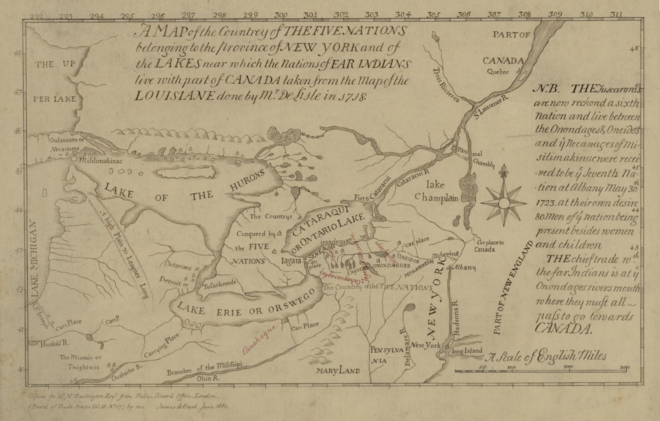 Tribe(s):
Tribe(s): Iroquois Confederacy
Territory: New York, Pennsylvania, Ohio, North Carolina, Oklahoma, West Virginia
Current Status: Still around
Population (approx): 32,550
Also known as the Five Nations, this league comprised some of the most powerful and best-known Native American tribes - the Seneca, the Mohawk, the Cayuga, as well as the Oneida and Onondaga tribes. The league, or confederacy, was formed in order to bring together the five - later, with the addition of the Tuscarora, six - tribes who were constantly warring against each other and other tribes also. With a totally egalitarian society, there was no servitude or forced leadership within the Five Nations, and to some degree as the later Five Families of the Mafia would be organised, all decisions were by consensus and all the council of fifty had to agree to them. The consolidation of the tribes and the subsequent cessation of hostilities between them allowed the Iroquois to become one of the strongest, most powerful and most feared tribes in America.
A strange custom was that of raiding another tribe to take captives, either to replace one of their own dead or to be tortured. Either process was supposed to unleash the grief that a mourning family would feel on the death of a member, and such raids were known as “mourning wars.” Due to this desire for captives to swell their own ranks, and the use of wooden body armour, as well as relatively primitive weapons with little real killing power, many of the battles the Iroquois fought resulted in few actual deaths, being more a show of strength and superiority than actual war, and also a sort of courting ritual for those who wished to take wives, as women admired the valour and courage of a warrior. Conversely, any man who was unlucky enough to be branded a coward by the clan mothers was forever destined to remain single, as no woman would marry a man without bravery and honour to his name.
One thing it seems Hollywood got right, at least in the case of the Iroquois, was the tying of a captive to a pole and dancing around it. Captured prisoners would be stripped naked - regardless of sex or age - tortured by being burned mostly, and then have to dance naked for the village, whose inhabitants would decide if the captive was worthy or not of adoption. If not, the sorrow and grief assuaged by their torture, they would be given a quick death.
Okay, reading further, not a quick death. Not at all. The rejected captive would be returned to the prisoner pole, tortured for a full day, including having parts of them chopped off, then would be scalped alive (you know what that is of course) before hot sand was applied to the skull. Finally, their heart would be cut out and they would, obviously, mercifully, die. Hey, that’s a whole lot of grief assuaged, guys! Couldn’t you just have scalped them and let them die? What’s with all the torture? Not quite the worst of it (though the captive, being dead now, wouldn’t care) as the body and heart would be cut up and everyone would tuck in. Yep, they were cannibals, at least of these captives. Time heals all, I guess, but apparently if you can’t wait that long, then brutal ritualistic slow torture does it better.
The Iroquois did not accept losses in battle, as it diminished the community, and so, despite their ferocity, killing one or two of their number could rout a whole war party. Those who did die were said to spend eternity as angry ghosts wandering the world in search of revenge for their death, and their bodies were not buried in community cemeteries, as the tribe did not want angry ghosts hanging around making trouble. In battle, they relied on sneak attacks and ambushes, and retreated if outnumbered. They were also known to prosecute a scorched-earth policy, by burning their crops to deny the enemy sustenance as they retreated to their villages for a siege. If the enemy was very powerful, they would even burn the village and leg it into the woods, hiding until the foe went away.
They lived in villages but would move as resources ran out, and transport themselves to other areas, where they would build new villages. These consisted of twenty to thirty longhouses surrounded by palisades, and sometimes with ditches dug around them, leading later settlers to characterise them as castles. Up to eighteen families could live in one of these longhouses, so in ways the white folks weren’t all that wrong. They were also very defensible, often built on a hill with good commanding views of the surrounding territory, and near to water. The Iroquois were, however, despite their warlike tendencies, mostly farmers and fishermen, and made medicines from plants and herbs.
Children and youth of the Iroquois went naked, while adults merely covered their loins with a patch of leather or hide, though they did wear moccasins, which became very fashionable among civilised whites much later, and are still worn today for their comfort. Original moccasins were made of deer hide, though now of course they’re synthetically manufactured. Women wore their hair long and tied at the back, while men wore the style which has come to be known, and favoured among punk rockers and others, as the mohawk. Men painted their faces while women did not, in a reversal of western civilisation. Being a matriarchal society, the Five Nations did not allow any one person to own land, believing it all belonged to the creator spirit, but women were said to be its stewards and wardens. With a lot of power among the tribes, clan mothers chose the leaders and could, if he became corrupt or lost the faith or support of the people, dismiss him and choose another.
The Iroquois had three different societies for practicing medicine. The False Face Society wore masks carved from living trees, used to frighten away bad spirits, while the Husk Face Society worked their healing through dreams and divinations. Finally, the Secret Medicine Society used rituals and dances to spread their healing powers. They believed that when someone died, their soul went through trials and journeys to reach the afterlife, or sky world, and this took a year, so that twelve months after the death they celebrated the soul’s arrival in the sky world. They seem to have invented the game of lacrosse, as it was one of their favourite sports. They also played the snow-snake game, which involved throwing, or rather sliding, a five to seven foot pole across the snow to see who could get it the furthest, and the peach stone game, which was a form of gambling, something like an ancient form of dice-rolling similar maybe to craps or Yahtzee.
The wampum belt was very important to the Iroquois; it could signify many things, from condolence for a loved one gone to a treaty signed. Wampum belts were made of elm bark with purple and white mollusk beads. They also symbolised the office of the clan mothers who wore them.
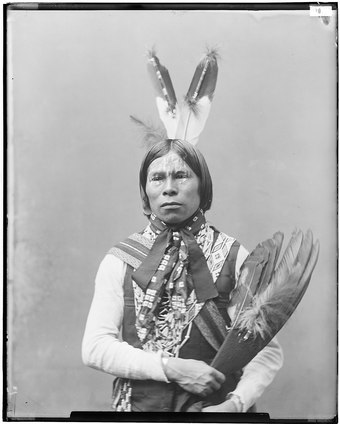 Tribe:
Tribe: Kickapoo
Territory: Michigan, Illinois, Missouri, Kansas, Oklahoma, Texas, Mexico
Current Status: Still around
Population (approx): 5,000
All right, I’ll just say it: it would be tempting to call these guys the s
hitkicker tribe, wouldn’t it? Okay, now we’ve got that out of our systems, let’s go on. Aw now come on! They had a chief in 1900 called Babe Shkit? This is just too funny. That's him in the picture, by the way.
 Tribe(s)
Tribe(s): Lenni Lenape
Territory: Pennsylvania, Delaware, Oklahoma, New Jersey, Wisconsin, Massachusetts
Current Status: Still around
Population (approx): 16,000
This covers a s
hitload of tribes, and I’m not joking. I count no less than fifteen separate tribes affiliated with the Lenape people, and I’m just not going to list them all. In addition to being matrilineal, these peoples were also matrilocal. What’s matrilocal, I hear you ask. Damned if I know. Oh wait, I do. It means that newly-married couples had to live with the wife’s mother. Nice. Never get rid of the mother-in-law and get our own place, will we? Lenape had a different way of hunting to other tribes: they didn’t run after their prey with bows and arrows, but would stand at a river, beating thighbones upon their palms to drive animals into the river (not sure why the animals would do this; maybe the sound scared them) or surround them in a circle and then set the brush on fire. Sounds like that might be a badly-calculated strategy, as fire is hard to control, and can turn on you in an instant, but there you go.They would also lasso and drown deer, and putting chestnuts in the river apparently made the fishies dizzy, and thereby easier to catch. None of this sounds particularly brave, but that’s what they did.
Women wore their hair long, while men shaved off all but a small round crest, about two centimetres in diameter. Men wore loincloths and women skirts made of animal hide, and also sometimes buckskin leggings (both sexes wore these) as well as mantles made from beaver or raccoon pelts in winter. They played
pahsaheman, an ancient form of football with teams of up to a hundred, men against women. Men could only kick the ball while women could pick it up and carry it, GAA-style, and once a woman had the ball a man could not tackle her, though he could try to dislodge the ball from her grasp. In dances, men were exuberant and lively while the women were more demure.




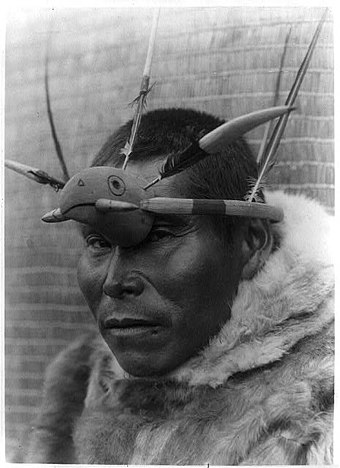
















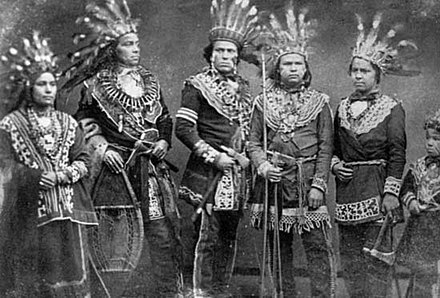


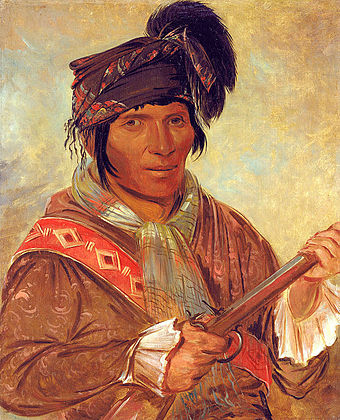



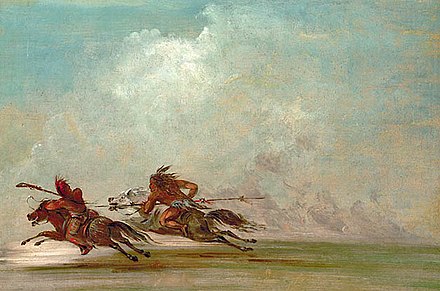

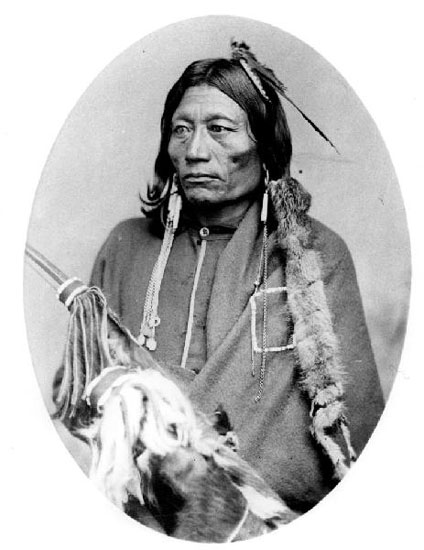


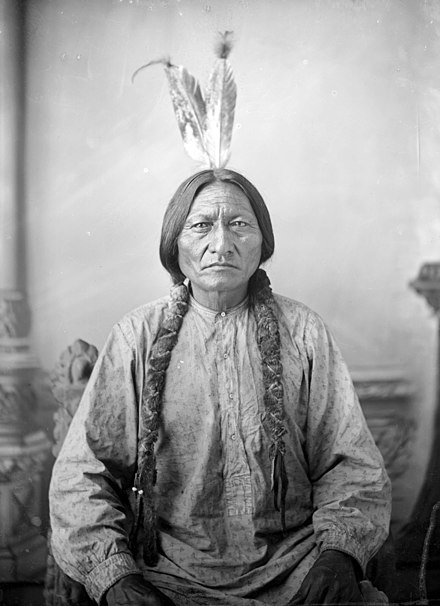
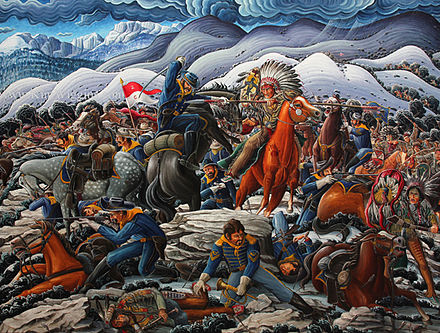


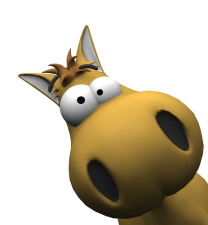

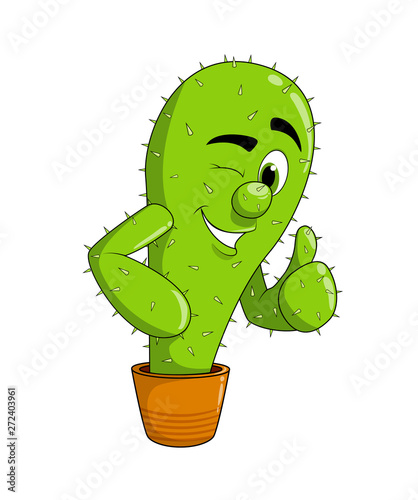








 Linear Mode
Linear Mode
